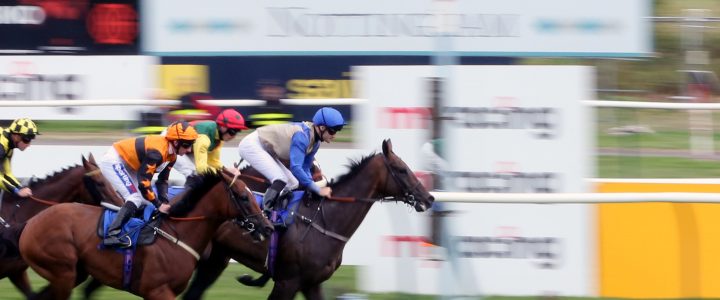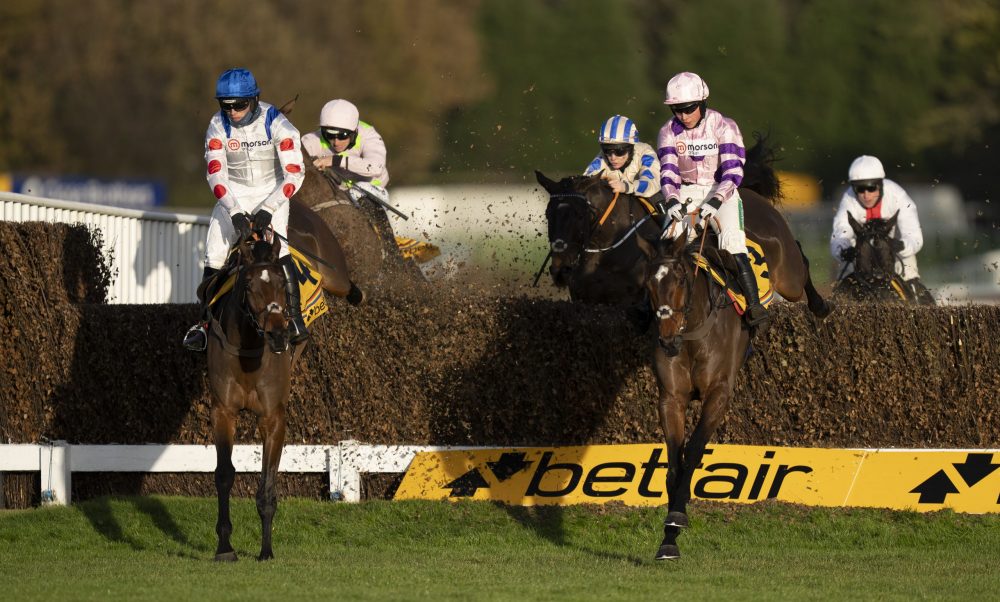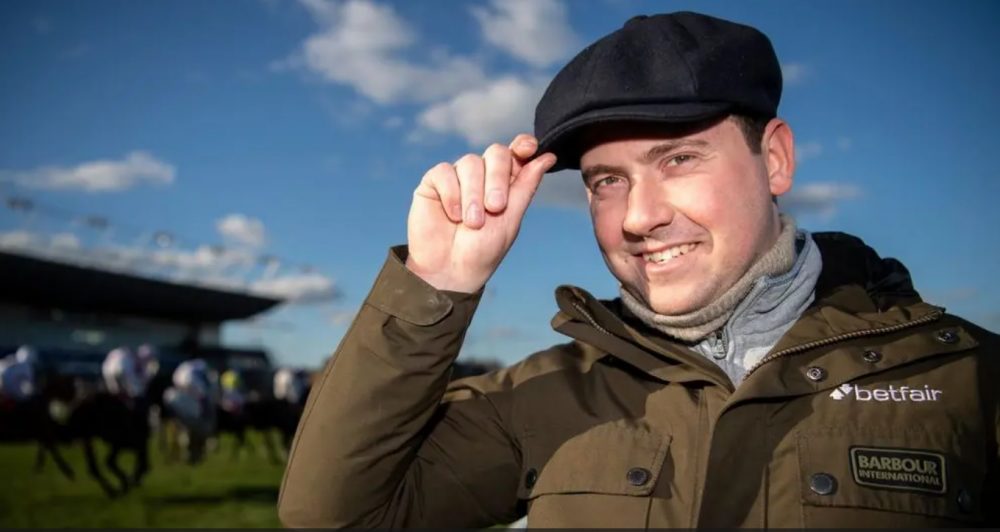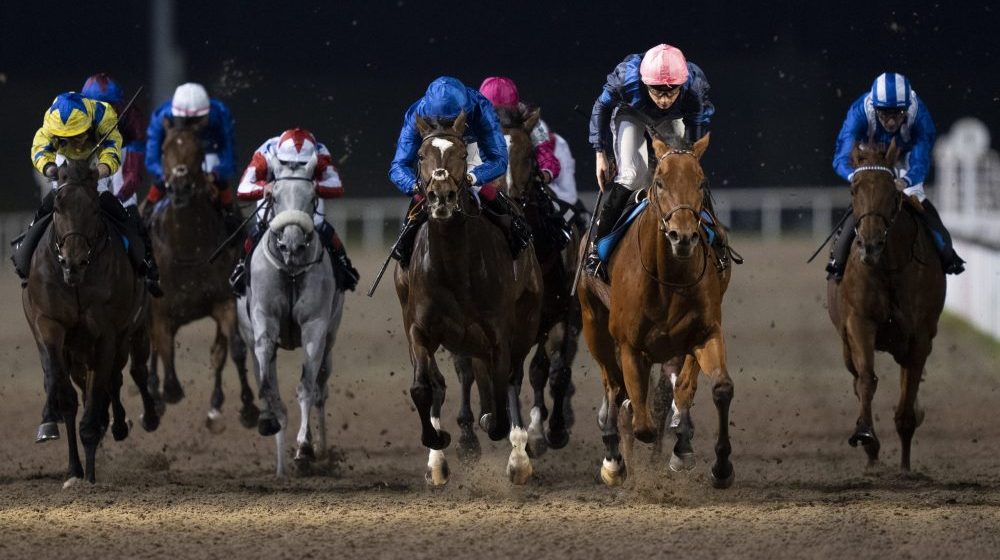What are betting odds?
Perhaps one of the hardest things to get to grips with as a newcomer into horse racing, betting odds can be very daunting at first. With screens full of odds such as 5/2, 11/2 and 17/2, trying to work out your returns and the probability of your horse winning can seem impossible. Thankfully, once you know what you’re looking at, it gets much more simple! Read on for our guide to betting odds and how to use them effectively. You can follow our horse racing tips daily, where hopefully the odds are in our favour!
What are betting odds?
Odds are a set of numbers that are used to interpret the chance of something happening. The smaller the odds, the bigger the chance of that thing coming into fruition. In horse racing, betting odds dictate probability and are perhaps the most important piece of sports betting. Displayed in both fractional and decimal format, once you have a firm understanding of how the odds represent probability, you’ll be well on your way!
How do I work out fractional betting odds?
In the UK, fractional odds are the norm and you’ll rarely see horse racing odds displayed in a different format. From a punters standpoint, you simply have to divide the first number by the second number to work out your possible return. So with odds of 2/1, you divide 2 by 1 (to which the answer is obviously 2). Back a horse at 2-1 with a stake of £5 and it’s 5 x 2, which gives you a return of £10. You also get your stake back on top of that (£5), so the full return would be £15. With odds of 17-2, you divide 17 by 2, which is 8.5. So if you make a £1 bet on a horse at 17-2 and it wins, you win £8.50 (plus you get your £1 stake money back).
How do I work out decimal betting odds
Although rarely used by bookmakers as the default option, decimal betting odds are arguably easier than their fractional counterpart. The punter simply needs to multiply whatever their stake by the decimal odds on display to calculate their returns. For example, a bet of £25 at 1.85 would return £46.25 (£25 x 0.85 = £21.25, plus your £25 stake). A bet of £50 at 2.0 would see a return of £100. If you are using decimal odds, you need to subtract 1 to work out what it equates to in fractional odds. So if you see odds of 3.0, take 1 away from the 3 (3-1=2), so the odds are 2-1. If it’s 4.5, again subtract 1, so the fractional odds are 3.5/1 (or as we know it, 7/2).
How do I work out probability from betting odds?
In horse racing terms, betting odds reflect the probability of a horse winning. The shorter the odds of a horse, the greater the chance of it taking the victory. By checking the results, you’ll mainly see winners coming from 8/1 and lower, with horses at 16/1 and higher winning far less frequently. Backing shorter priced favourites blindly is a recipe for disaster, however, as the shorter odds do not guarantee a winner. The markets are set out by the bookmakers and are influenced by the money that is then put on the horse throughout the day by punters. Horse racing is a game of opinions, and as the saying goes, the bookies wouldn’t be open if you could back winning favourites all day. Shorter odds (below 1/1) also provide you with a far lesser return and in the long run, you’re far more likely to be losing money, even if you’re backing a majority of winners.
Bigger priced winners are far less common, but finding them obviously gains you a much bigger return. This is why you’ll see a lot of people talking about “value”, and how to find it. Obviously, value is completely subjective, but few will argue that backing a horse at 6/1 that wins at a starting price of 2/1, isn’t value. That is the name of the game, and finding horses that are overpriced in the overnight markets is where you’ll find your greatest success.







